Science fiction has offered inspiration for many a scientific career, but the opposite is also true. Cutting edge science stimulates good fiction as well. Here are four science books for science fiction readers that provide the practical basis for visions of the near and far future. Each of them summarizes knowledge needed to think about the fictional creations we read and write.
- Imagined Life by James Trefil and Michael Summers envisions the types of living beings that might evolve on exoplanets of varying conditions.
- Centauri Dreams by Paul Gilster summarizes the technologies that could propel us on interstellar journeys.
- The Millennial Project by Michael T. Savage projects how humans could colonize the galaxy in “eight easy steps.”
- Putting the Science in Fiction edited by Dan Koboldt is a brief guide to portraying the major branches of science accurately in many genres.
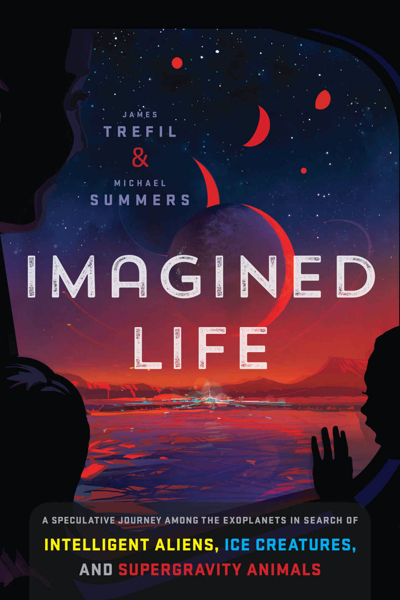
Imagined Life considers the forms of intelligent life that might develop on exoplanets of different types. For example, on an icebound world, which the authors call Iceheim, they imagine life evolving around ocean vents producing heat from the planet’s core. Because their world would be dark, these beings would have highly developed tactile senses and see their environment through infrared radiation. Their most important technology would be a mechanism, some form of piping, for transporting heat from vents to other areas to expand their living area.
The authors go on to consider forms of life on ocean planets, tidally locked planets, super earths and even on rogue worlds cut loose from their orbits around stars. It’s an interesting speculative roam that stays within the realm of what’s known about the formation of life and enlarges carefully beyond the bounds of current knowledge. It’s an excellent primer for both reader and writer to test the plausibility of many fictional worlds and their inhabitants.
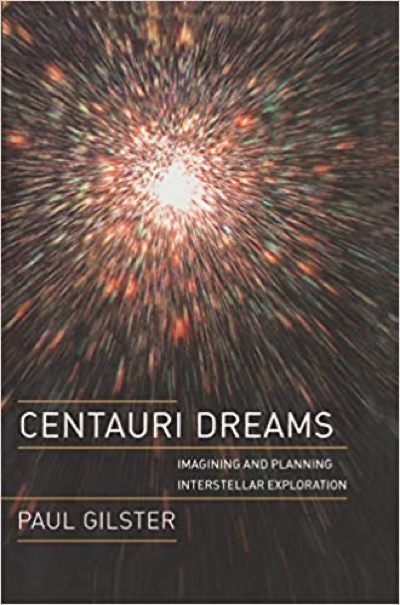
Centauri Dreams, by science journalist Paul Gilster, summarizes the technologies that could power voyages to our nearest star neighbor, Alpha Centauri. If you want clear, non-technical explanations of ramjets, lightsails, ion thrusters, fusion drives or solarsails, this is the book for you. While this is a serious consideration of interstellar travel as a realistic goal, however remote from present possibilities, Gilster is also steeped in science fiction and looks at the possibilities of technologies that are often glibly assumed in fictional portrayals. Take the example of the antimatter drive.
After explaining how difficult it would be to produce antimatter in usable quantities, to prevent it from exploding randomly and to channel its immense energy through a rocket thruster, he carefully explains the history of the discovery of antimatter, its current uses in medical technology and particle research and possibilities for containing its energy for space travel. He sketches the work done on a theoretical antimatter engine to propel a spacecraft to the Oort Cloud and also a proposed use of antimatter gas to power a lightsail design.
Throughout he brings up the interplay between science fictional technologies and the inspiration for cutting-edge research. He takes it as a given that the best science fiction comes out of science that is both believable and consistent.
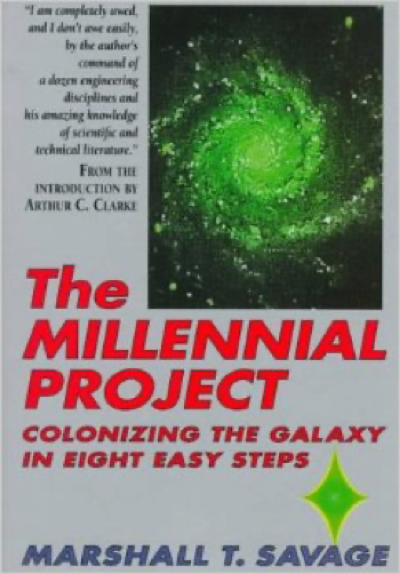
The Millennial Project by Marshall T. Savage. This book is not for the faint-hearted or anyone with a timid imagination. It is an extended manifesto trumpeting the inevitability of humans spreading life throughout the solar system, then the galaxy and then the entire cosmos.
“It is our destiny to ignite the chain reaction that enlivens the cosmos. Because of us, Life will erupt into the galaxy Like windblown firebrands, we will carry the spark of Life from star to star.”
The Millennial Project (312)
That’s the sort of prose that is aimed at sparking a human migration into space, but the almost 500 pages of this book go well beyond the unreined rhetoric. Arthur C. Clarke wrote an enthusiastic introduction, and there is a lot of science-based theorizing about how to take each of the “eight easy steps” of colonizing space.
Savage begins with plans for creating self-sufficient communities on earth to refine the skills needed for humans to survive in space. This is the Aquarius phase intended to help save the earth before going farther afield. Savage envisions floating cities powered by ocean energy thermal converters and capable of raising their own food supplies to support large populations. Dozens of these around the globe will eventually provide both money and energy to send vehicles into space through a kind of hyperloop system launching from the top of Mount Kilimanjaro. (!)
The space colonies will occupy geosynchronous orbits and consist of clusters of large bubble habitats surrounded by impermeable membranes and shielded by water layers from radiation. Each of these would be a closed-loop self-sufficient system capable of supporting 100,000 inhabitants. These bubble habitats provide the model for colonization that can later extend throughout the solar system and beyond.
I can’t begin to do justice to the scope of Savage’s imagination and the detail with which he has worked out each stage of space colonization. Even if all his ideas turn out to be more fiction than fact, it is exciting to see these plans unfold, step by step. Apart from the wild rhetoric of human destiny in the stars, he does develop a rationale and coherent concept for each technology, with added detail in notes and appendices. It’s a wild ride but worth the trip.
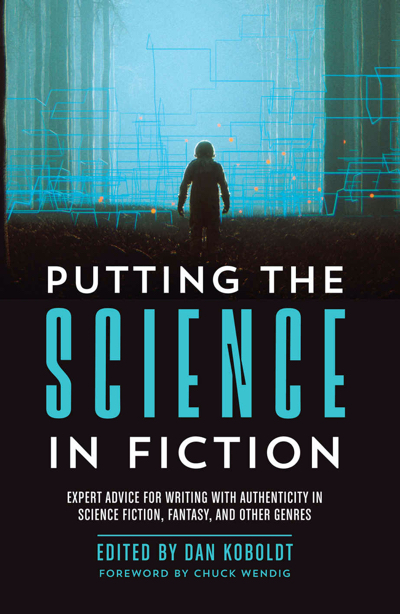
Putting the Science in Fiction, edited by Dan Koboldt, takes you back to earth by offering brief guides to find your way around most of the sciences that come into play in science fiction and other genres. This is aimed at writers who want to avoid the worst mistakes and myths but is also helpful to every reader who wants to be able to tell fact (or well supported theory) from fiction.
There are more than 40 contributors debunking common misconceptions and offering basic guidance on fundamentals of such fields as medicine, genetics, the science of Jurassic Park, mental health, memory, wildlife biology and polar animals. There are chapters on computers, information theory, communications in space, cybernetics, cyborgs, nanotechnology and the future of energy production. Rocket science, climate change, ecological disasters and weapons and travel in space are also covered.
One of the great things about these short essays is that they give you leads on how to do detailed research and reach out to professionals in relevant fields. It’s an incredibly useful companion to guide both writer and reader around popular and wrong-headed beliefs. I have a background that has led me to learn a lot about mental health, environmental science, energy development and anthropology, among other things, and I got a lot of helpful information from the essays on those subjects. This is a useful companion for reading and writing science fiction.

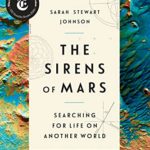
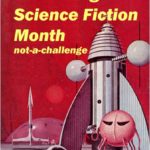

Leave a Reply